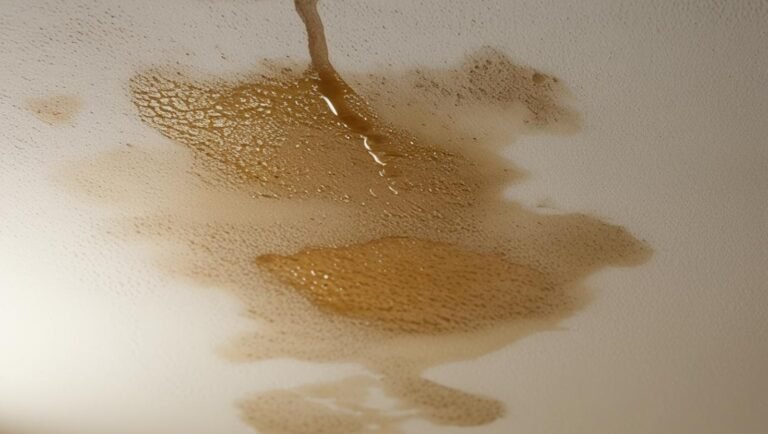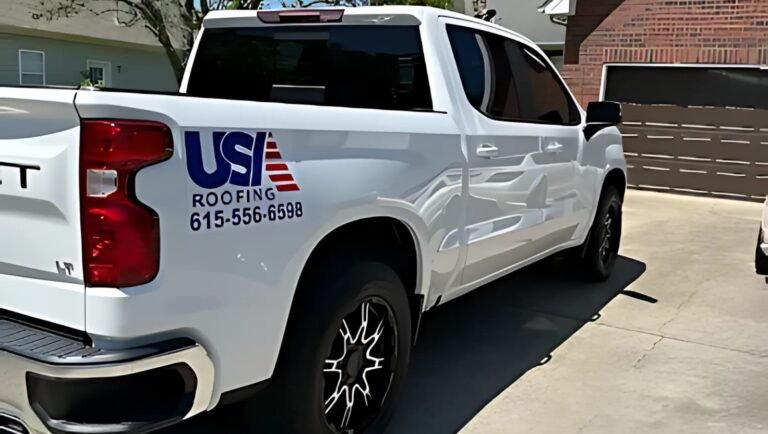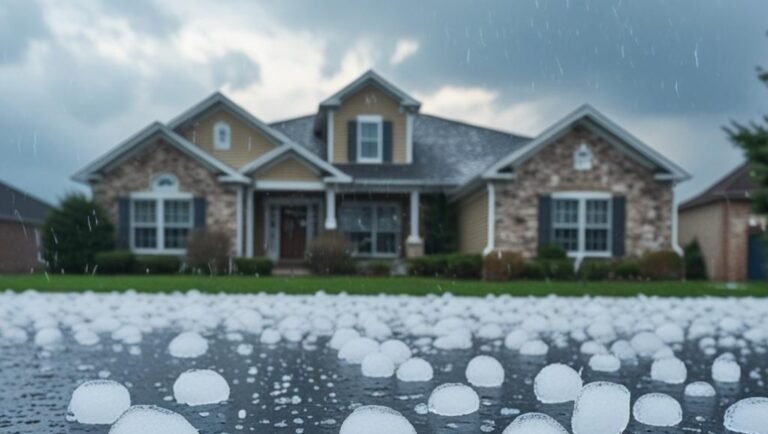A sagging roof is more than just an eyesore—it’s a red flag that can indicate structural problems in your home. Ignoring the warning signs of a sagging roof can lead to costly damages, safety hazards, and a significantly reduced lifespan for your roof. Being proactive and addressing these issues early can save you time, money, and stress down the line.
At USA Roofing, we’ve seen firsthand how Tennessee’s weather, with its heat, humidity, and storms, can take a toll on roofs. Below, we’ll walk you through everything you need to know about sagging roofs, including how to spot problems, what causes them, and how to fix them before it’s too late.

What Is a Sagging Roof?
A sagging roof is exactly as it sounds—a roofline that dips, bows, or droops in sections where it should be straight and level. This condition not only compromises your home’s appearance but also signals underlying structural issues that require immediate attention.
Why Is a Sagging Roof Dangerous?
A sagging roof can weaken over time, increasing the risk of collapse. This can result in significant property damage, injury, or even life-threatening situations. Whether caused by age, poor construction, or external factors like water damage, a sagging roof should never be ignored.
Common Causes of Roof Sagging
There are several reasons your roof might start to sag. Understanding the root cause is essential for determining the right solution.
1. Aged Materials
Over time, roofing materials naturally deteriorate, losing their strength and flexibility. If your roof is more than 20 years old, this could be a contributing factor.
2. Water Damage
Heavy rains combined with poor drainage can cause water to pool on your roof, leading to rot and weakening the underlying structure. Over time, this creates a bowed roof effect that compromises integrity.
3. Roof Truss Sagging
A roof truss is a critical component of your roof’s frame. Trusses can weaken over time due to water damage, pests, or improper design, resulting in a sagging roofline.
4. Poor Design or Overload
Roofs are designed to handle specific loads. Overloading your roof with heavy materials like solar panels or dealing with excess snow buildup can cause stress, warping the structure.
If you suspect your roof is sagging for any of these reasons, professional help is essential. USA Roofing provides expert inspections to assess the damage and suggest the best course of action.
Warning Signs You Shouldn’t Ignore
Spotting signs of a sagging roof early can save you money and prevent further damage. Use this checklist to assess the condition of your roof:
|
Warning Sign |
What to Look For |
|---|---|
|
Visible dips or bows |
Check if your roofline is uneven or slopes excessively. |
|
Interior ceiling issues |
Look for sagging areas, cracks, or visible water stains. |
|
Water pooling or leakage |
Roofs that collect water or show signs of leakage need immediate attention. |
If you notice any of these issues, don’t hesitate to call USA Roofing at (615) 556-6598. Early intervention is key!
How Much Roof Sag Is Acceptable?
The amount of roof sag considered “acceptable” depends on factors like the roof’s design and type of materials. Generally, minor sagging (less than 1 inch) over a large span may not be cause for concern, but anything more than this warrants a professional evaluation. Building codes in Tennessee typically require roofs to maintain structural integrity under all load conditions.
Because subtle sagging can be tough to measure, it’s best to get professional input. USA Roofing can inspect your roof and give clear answers about its condition.
Repair Options & Costs
Fixing a sagging roof varies depending on the extent of damage, causes, and the size of your home. Below are some common repair methods and rough sagging roof repair cost estimates:
Repair Methods
- Reinforcing Roof Trusses: Adding support beams or repairing damaged trusses can address roof truss sagging issues.
- Replacing Damaged Materials: Rotting wood or water-damaged areas can be removed and replaced.
- Leveling the Roofline: Larger repairs may involve re-leveling the roof to restore stability.
Sagging Roof Repair Cost
- Minor Repairs: $500 – $2,000 (e.g., reinforcing trusses, fixing small dips)
- Moderate Damage: $2,000 – $8,000 (e.g., replacing roof sections, addressing rot)
- Extensive Repairs or Replacement: $8,000+ (e.g., complete roof overhaul)
Keep in mind that costs can rise if the damage spreads. That’s why early detection is so crucial!
When to Call a Professional Roofing Contractor
While small roofing issues can sometimes be managed by homeowners, a sagging roof is not one of them. Attempting DIY fixes can worsen the situation or even result in injury. Professional intervention ensures the safety and durability of your roof.
As a trusted roofing company in TN, we specialize in sagging roof repair for Tennessee homeowners. With our expertise, we’ll diagnose the problem and provide affordable, long-lasting solutions.
A roof can sag due to aging, water damage, overloaded structures, or issues with roof truss sagging.
While slight sagging under 1 inch may not require immediate action, anything more significant can pose safety risks and should be evaluated by a professional.
Yes. Minor issues can often be fixed by reinforcing trusses or leveling the roofline, but extensive damage may require partial or full roof replacement.
Repairs typically take 1-3 days, depending on the extent of the damage and necessary repairs.




